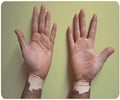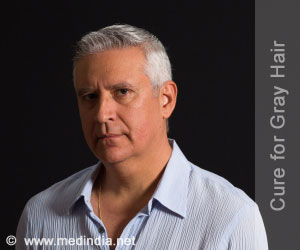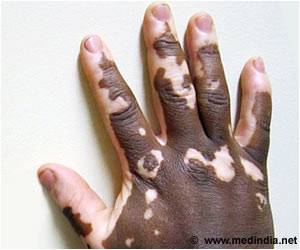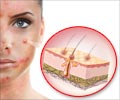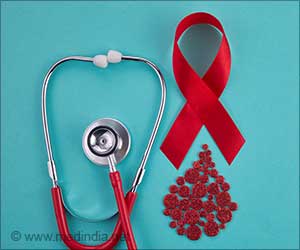World Vitiligo Day is observed annually on the 25th June to educate and raise awareness about this neglected skin disease with sufferers undergoing severe psychological trauma.
- World Vitiligo Day is observed globally on the 25th June, pop singer Michael Jackson’s death anniversary to raise awareness about this ignored skin disease
- Vitiligo patients are subject to severe social stigma and sufferers also undergo psychological and emotional trauma as a result
- Vitiligo is characterized by loss of normal skin color and light colored patches (more evident on darker skin) that progress over time. An estimated 100 million people suffer from this disease globally
History of World Vitiligo Day
World Vitiligo Day was founded and first observed in 2011 by Ogo Maduewesi, founder of VITSAF (Vitiligo Support and Awareness Foundation) in Nigeria, and Yan Valle, CEO of the Vitiligo Research Foundation. The day was created to raise awareness and educate the general public about vitiligo, to educate health care personnel about care and treatment, as well as raise money for research and possible cure for the condition. Since its establishment, the day is celebrated globally, raising awareness of the bullying, social stigma, disability and psychological trauma of the hundreds of persons worldwide who suffer from vitiligo.World Vitiligo Day is also referred to as “Vitiligo Awareness Day” or “Vitiligo Purple Fun day”, which is the color chosen as Vitiligo Awareness Color. June25th was chosen to mark World Vitiligo Day as a tribute to pop singer Michael Jackson, who died on the 25th June 2009 and suffered from vitiligo.
Aims of World Vitiligo Day 2018
This year the campaign hopes to collect a million signatures addressed to the United Nations in order to- Afford recognition to this painfully ignored and debilitating disease with serious social and emotional complications
- Urgent need to proceed with multipronged efforts aimed at newer and effective treatments and health-care education
- Designate 25th June as the World Vitiligo Day to be celebrated by the United Nations and its Member States annually
- Integrate vitiligo into national health care systems
- Raise awareness about the condition on a global platform
- Collect statistics from countries worldwide on prevalence of vitiligo
The organizers believe that recognition of the disease would be the first step for more sustained efforts to be taken in order to achieve the desired results and much needed social change.
Ways in which Public and Health Personnel Can Raise Awareness
There are several ways we can do our bit to raise awareness about vitiligo- Share widely on social media such as Facebook and Twitter inspiring and educational messages using the hashtag #WorldVitiligoDay
- Organize events within the community and speak on this condition and distribute information leaflets
- Raising funds for research through sales of purple themed T-shirts, bracelets or other trinkets carrying catchy and educative messages
- Get prominent personalities suffering vitiligo to speak about their journey and inspire countless sufferers to overcome this condition
- Skin specialists and clinics can offer free check-ups and discounts for vitiligo patients on this day
- Broadcasting programs on visual media with talks and discussions by doctors and experts; write-ups in the print media about this condition
- Involve local administration to offer support for the campaign and make healthcare accessible to the poor and needy vitiligo patients
- We can make personal contributions to the World Vitiligo Day campaign and show our solidarity
What is Vitiligo?
Vitiligo is a skin disease that occurs when pigment-producing cells (melanocytes) in skin die or lose their function.As a result the normal skin color is lost and the person develops pale, depigmented skin patches that can affect any part of the body, including the mouth, hair and eyes. It is more noticeable in people with darker skin.
The condition is progressive. Treatments are available that may improve the appearance of the skin but presently there is no cure and it is a chronic lifelong condition and sufferers are often socially stigmatized.
References:
- World Vitiligo Day - (https://www.umassmed.edu/vitiligo/world-vitiligo-day-2018/about/world-vitiligo-day/)
- Vitiligo Day- events - (http://25june.org/en/pages/campaign)
Source-Medindia


